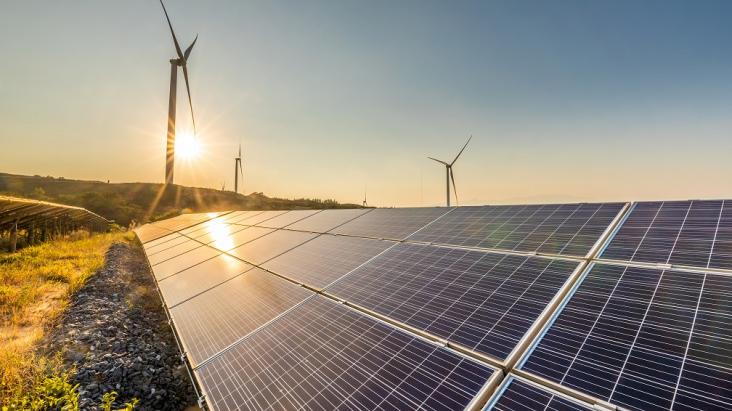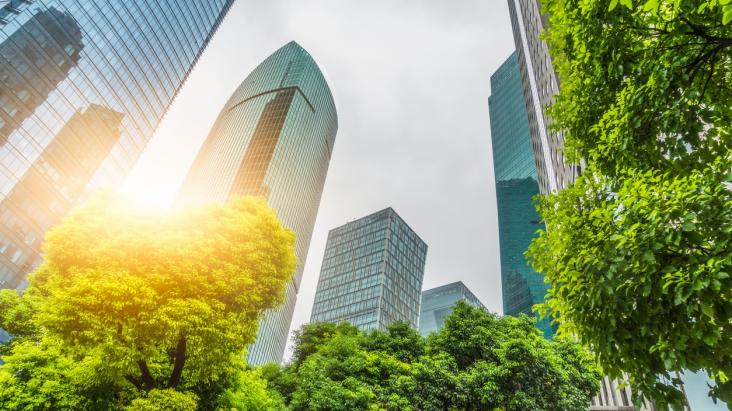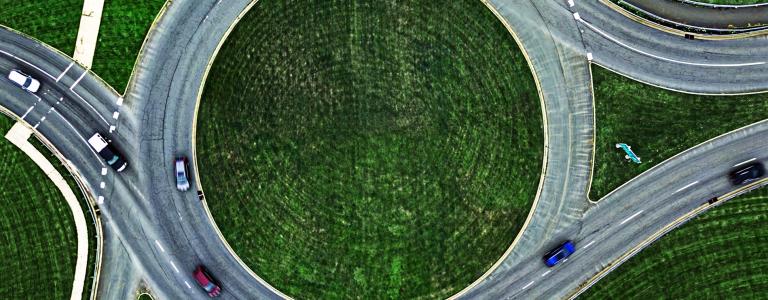News & Analysis on Sustainable Infrastructure
The IISD Sustainable Recovery 2020 campaign advocated that the unprecedented global wave of public spending that occurred in response to the COVID-19 pandemic should be allocated exclusively to economic actors and projects that minimize adverse impacts on nature, account for climate risks, stimulate green innovation, and improve social cohesion.
The myriad economic stimulus packages that were launched in 2020 offered an important opportunity to fast track sustainable development. In that vein, IISD established the Sustainable Recovery 2020 website with a view to making a meaningful contribution in this space.
This site built on our long history of reporting on sustainable infrastructure through our Sustainable Infrastructure Finance Portal, a repository of news and views on the development and financing of sustainable infrastructure. The portal also demonstrates how sustainable infrastructure can serve as a catalyst for realizing the United Nations Sustainable Development Goals.
These efforts have been invaluable parts of our wider efforts to ensure that important decision-making processes in these policy areas are reported on and analyzed from a sustainable development perspective. As of March, 11, 2021, these websites will no longer be updated as we transition to new projects that will build on these efforts and take them to the next level. After this date, if you want to find updates related to this workstream, please make sure to return to this current page.
Background
The IISD Sustainable Recovery 2020 campaign advocated that the unprecedented global wave of public spending that occurred in response to the COVID-19 pandemic should be allocated exclusively to economic actors and projects that minimize adverse impacts on nature, account for climate risks, stimulate green innovation, and improve social cohesion. The website included a mix of strategic materials for this purpose, including:
- The use of our Sustainable Asset Valuation (SAVi) tool to run “What-If” simulations that assess the societal outcomes of green stimulus packages and measures. For example, we ran a series of four What-If simulations that have been conducted in a vulnerable agricultural community in Ghana on sustainable recovery investments that can foster community development. These simulations were done in collaboration with the Green Climate Fund. Investments into the following sustainable community development interventions were simulated:
- Climate-smart agriculture interventions
- Water-efficient drip irrigation
- Installation of solar photovoltaic energy generation
- Biogas energy generation and compost production
Other simulations are available on the project page.
- Commentaries and blogs: Our commentaries and blogs reflected on how a sustainable recovery could be realized across the G20 and V20 economies.
- News: We also published daily news summaries, following the latest developments on proposed and enacted policy measures for a sustainable recovery across world regions and unpacking what these mean.
- Webinars: We produced a series of 30-minute webinars, where we invited experts to take a particular question related to the stimulus and recovery and unpack what it meant.
- Trackers: We profiled “trackers” that have been developed by a range of actors and institutions who are monitoring recovery and stimulus measures from governments and public institutions in response to the COVID-19 pandemic. From agricultural export restrictions to monetary and fiscal responses, we assembled these trackers in one place and to make them easy to sort and digest.
Related Projects

Sustainable Recovery 2020
The myriad economic stimulus packages that have been launched in 2020 offered an important opportunity to fast track sustainable development. The Sustainable Recovery 2020 campaign of IISD´s Infrastructure Program advocated that this unprecedented global wave of public spending should be allocated exclusively to economic actors and infrastructure projects that minimize impacts on nature, account for climate risks, stimulate green innovation, and improve social cohesion.

Sustainable Infrastructure Finance Portal
The Portal offered insight on the development and financing of sustainable infrastructure. We scanned news and specialist press on infrastructure, sustainability, technology and finance and compile a selection of noteworthy developments around the world. The Portal also demonstrated how sustainable infrastructure can serve as a catalyst for realizing the UN Sustainable Development Goals.
Latest
You might also be interested in
The Sustainable Asset Valuation (SAVi)
IISD developed the Sustainable Asset Valuation (SAVi) to demonstrate to governments, investors and citizens why sustainable assets can deliver better value for money and more attractive internal rates of return.
NATALIE - Nature-based Solutions to Enhance Resilience to Climate Change
NATALIE focuses on advancing ecosystem-based adaptation in Europe, combined with climate-resilient development pathways, developing impactful nature-based solutions (NbS) to accelerate and mainstream the adoption of NbS for climate change resilience.
Natur'ELLES
This project aims to improve mangrove protection through an ecosystem approach, using nature-based solutions to benefit 8,000 people, particularly women, in the Sine Saloum and Casamance deltas in southern Senegal.
Using Systemic Approaches and Simulation to Support Transformation Toward Sustainable Mobility
This project aims to drive investments under post-pandemic recovery plans and development strategies towards transformation in the mobility and transport sector.




